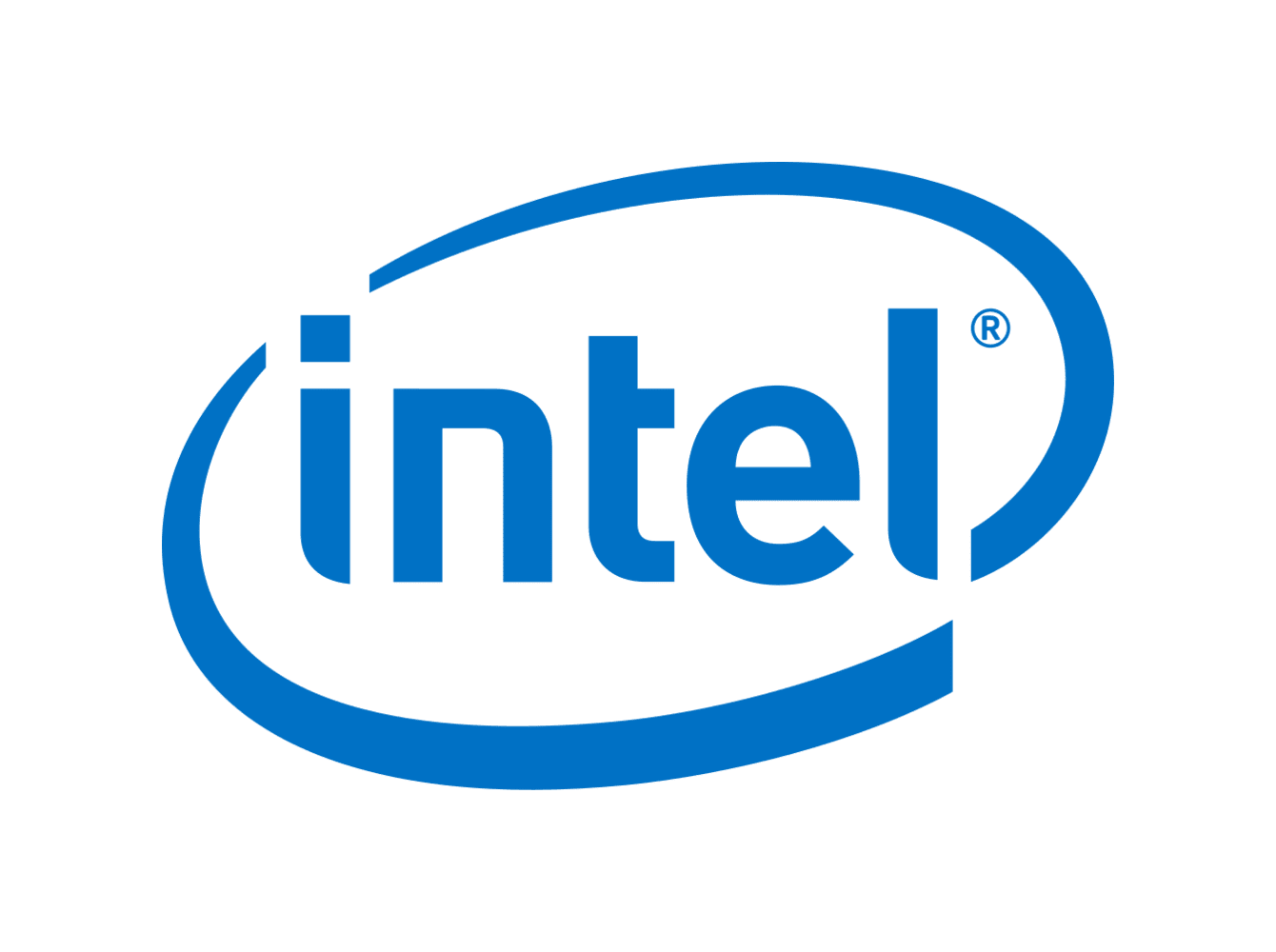

970/980/990 are all good options. The Samsung Magician software will help you clone and migrate to it with ease.


970/980/990 are all good options. The Samsung Magician software will help you clone and migrate to it with ease.
The limits imposed by Intel are for competition: they are uncharacteristically high compared to Intel’s established expectation. Up until recently, the i5 series was the best bang for buck (synth score/USD) but now it’s a bit more convoluted.
If and when I move to a BIGlittle chip I’ll be creating BIOS profiles with either all P or all E cores disabled depending on the task at hand. For each of those profiles I’ll have an A and B set for each, one with turbo disabled and one with an optimal voltage/clock ratio laying +500MHz below max turbo. Always C-state enable these days as it’s not like the 4K series when switching Cstates caused a noticeable lag when jumping from min to max.


As the chip heats and cools over lifetime it will expand and contract slightly. The Intel sockets are characteristically more rectangular and the point of contact from the default bracket extends across the longer sides. This has been a thing since LGA1200 with the amount of volts and level of turbo boosting to compete with competition. The benefit of LGA1700 is that there are 4 through holes for the CPU retention bracket, versus only 3 on LGA1200. With a third party ILM bracket you can more evenly distribute the pressure and lessen the bowing over time.
I would also recommend lowering the max clock below what the chip is designed for. CPUs have come a long way. My Asus board lets me create profiles, so i have one preset with turbo disabled and one with a -1GHz debuff. Max temps under water are 42/56 respectively, after my last LGA1200 died after 18 months never exceeding 75*C. If not going water, look into good air cooling reviews. I’m a huge fan of Noctua for a balance of performance and acoustics.
It’s best to check mobo’s Qualified Vendor List. Even then, running beyond CPU speed could potentially end the CPU’s life prematurely. Ask me how I know
I’m concerned the hybrid Intel/TSMC chip will have decreased stability. The 7980X looks mighty tasty though.